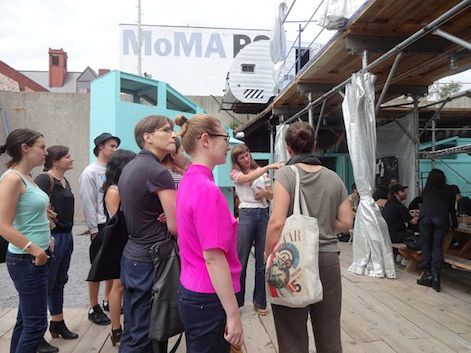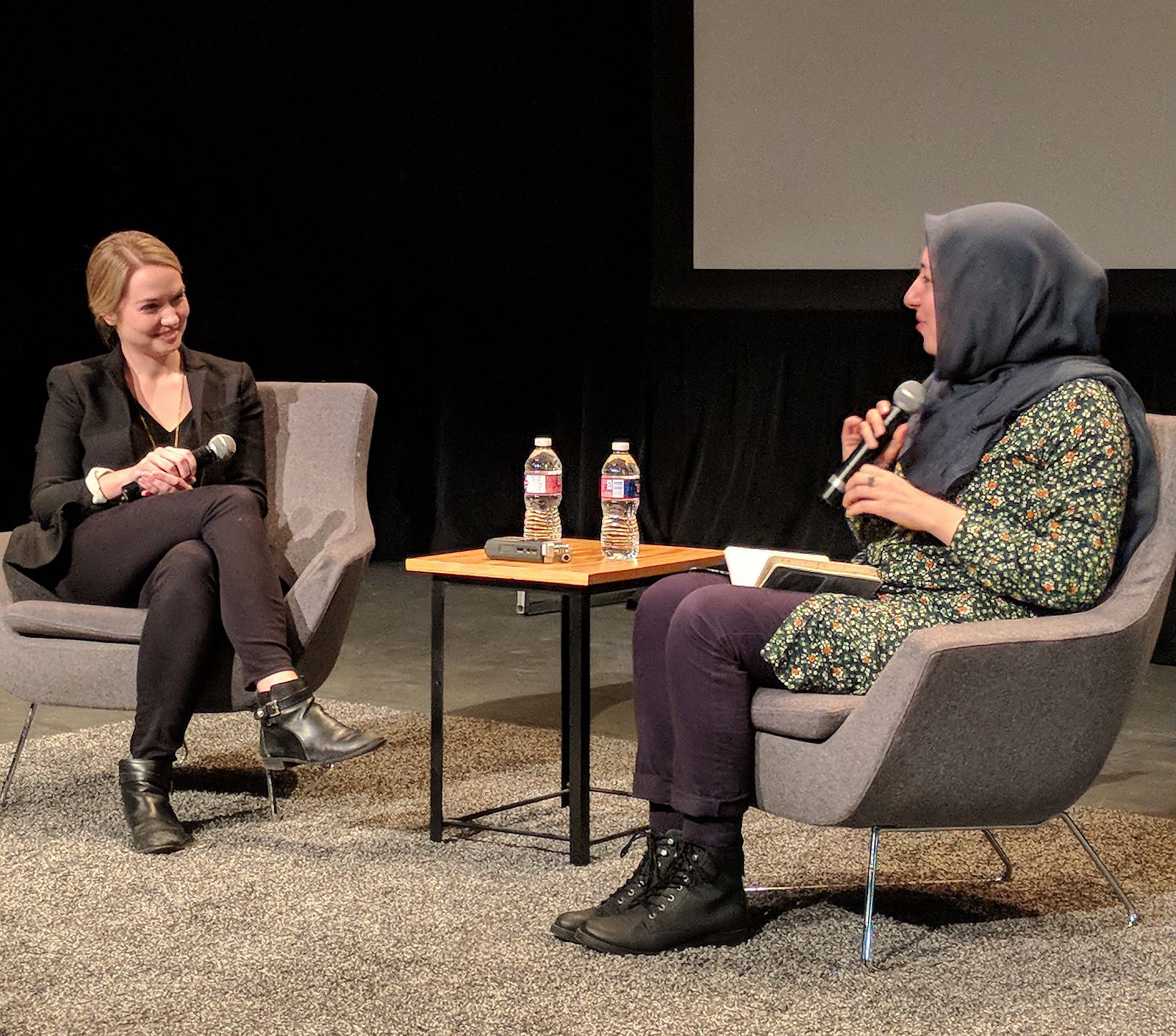Curator Frances Loeffler developed this proposal during the Fall 2010 Curatorial Intensive in New York.
This exhibition proposes a less authoritative mode of viewing art in the public realm. Bringing together a group of artists whose works play on the instability of knowledge and truth, Nothing is Revealed is characterised by a mode of uncertainty, secrecy, incongruence and chance, qualities that are in keeping with the haphazard disarray of everyday public life, yet unsettle the idea of art as a reliable vehicle of communication.
In Michelangelo Antonioni’s 1966 film Blow Up, the protagonist, taking photographs in a park one day, unwittingly becomes witness to a murder. His attempts to unravel the story, or even to communicate what he has seen to others, fail, and the film ends with a mysterious mimed game of tennis, in which fiction and reality are inextricably intertwined. In Antonioni’s conception, the public realm is indecipherable, ambiguous and confused. What is experienced there is a matter of perception. Reality is chaotic and fragmented, resembling a composition of particles, like a blown-up photograph. When assembled, patterns seemingly form, but never fully come into view.
Today, when we encounter art in the public realm, it tends to be by means of certain established forms, such as guides, interpretive panels and banners. In the 1960s and 1970s, art was shifted out of the ‘white cube’ of the gallery space as a way to circumvent what was seen as the limitations of encountering art within such institutional frames. The public realm promised a site for experimentation, inquiry and critique. In her 2005 essay ‘The Global White Cube’, Elena Filipovic argues that despite their critical ambitions, exhibitions taking place outside traditional gallery and museum institutions rely on an unspoken fidelity to some of the most doggedly traditional display constructs, most notably those of the ‘museal white cube’. How can we maintain that spirit of inquiry and critique, and not de-limit or circumscribe the experience of art in the public realm?
This exhibition takes its cues from Antonioni’s film, beginning where the film ends: in a state of unknowing. The location for the exhibition is a public library, an institution generally held to be a place of information and authority. Rather than receiving conventional exhibition-style explanations here, however, audiences will encounter a mise-en-scène that does not offer immediate answers. Subtly intervening in the library’s structures - its shelves, daily routines and between the leaves of its books - this exhibition will unfold in several chapters, delivered over the course of a year. The staggered pace of the exhibition is important, resisting conclusive modes of exhibition curating and viewing. Like a story published in instalments, this exhibition stretches in fragments across time, inconclusive, unpredictable and playing on a sense of anticipation.
Uncertainty as to the nature of truth unites the work of Maria Loboda (D/PL), Heman Chong (SP), Simon Fujiwara (GB/JP), Tris Vonna-Michell (GB), Stephen Kaltenbach (US) and Barbara Visser (HL). Often, their works fuse documentary formats with autobiographical histories, storytelling, myth, mysticism and esoteric forms of knowledge. In a past work, for example, Chong invited a group of arts professionals to collaborate in the writing of a sci-fi fiction novel (Phillip, 2010). Both Vonna-Michell and Fujiwara’s writings, lectures and artefacts form trails of evidence telling contradictory versions of their past. Loboda’s work materializes elaborate systems of codes, while Visser’s documentary-style self-representations have resulted in carefully considered confusion. Concealment is intrinsic to the work of Stephen Kaltenbach, particularly his early conceptual works of the 1960s and 1970s, such as his Artforum ad of 1969, which encouraged readers to ‘perpetuate a hoax’. The title for the exhibition is taken from his 1968 work Nothing is Revealed.
Working against the grain of today’s so-called ‘information age’, and overturning the very meaning of the word ‘exhibition’ (as display, demonstration, exposure and also evidence in the judiciary sense), Nothing is Revealed attempts to build an exhibition structure that disorientates, confuses and conceals as much as it reveals.
Learn more
For more information about Nothing is Revealed contact curator Frances Loeffler at francesloeffler@gmail.com.






.jpg?w=1600)